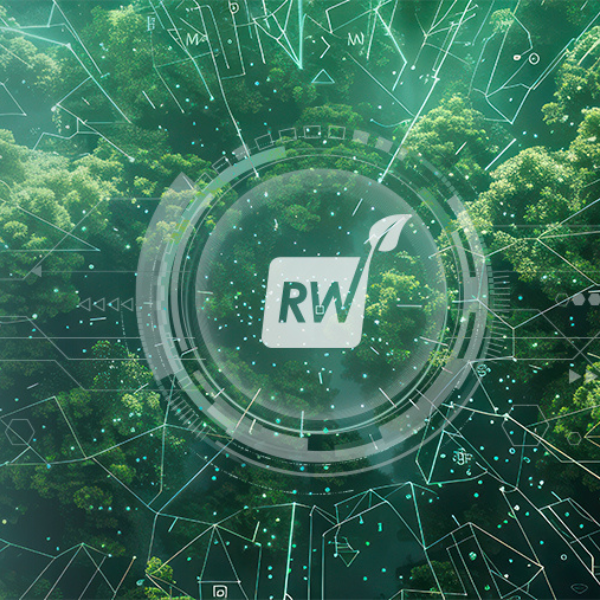
Balancing Ambitious Goals with Market Realities
Many brands have set public commitments to increase recycled content in their packaging. However, achieving these targets has proven challenging. For instance, the U.S. Plastics Pact and the Ellen MacArthur Foundation have observed that while there has been progress, some companies have had to extend their timelines from 2025 to 2030 to meet their objectives. A 2024 progress report from the Ellen MacArthur Foundation highlighted that post-consumer recycled content (PCR) constituted 14% of brand and retail signatories’ plastic packaging, an increase from 5% in 2018 but still below the 2025 target of 26%.
Jonathan Quinn, CEO of the U.S. Plastics Pact, emphasized the need for transparent communication with consumers regarding the challenges in integrating PCR. He noted that while the industry has made significant strides, there remains a gap in conveying the complexities of these efforts to the public. Mark Watts, Associate Director of Packaging Sustainability at Church & Dwight, highlighted the financial and technical hurdles brands encounter, including the higher costs of PCR resins and the expenses associated with certification processes.
Policy Developments and Their Implications
Innovations in Packaging Design
Collaborative Efforts Across the Value Chain
The conference underscored the importance of collaboration among stakeholders across the packaging value chain. Partnerships between brands, recyclers, and policymakers are essential to develop solutions that address both the technical and economic challenges of incorporating recycled content. Such collaborations can lead to standardized practices, improved recycling technologies, and more efficient supply chains.
This report provides a summarized overview based on the original coverage published by Packaging Dive.








